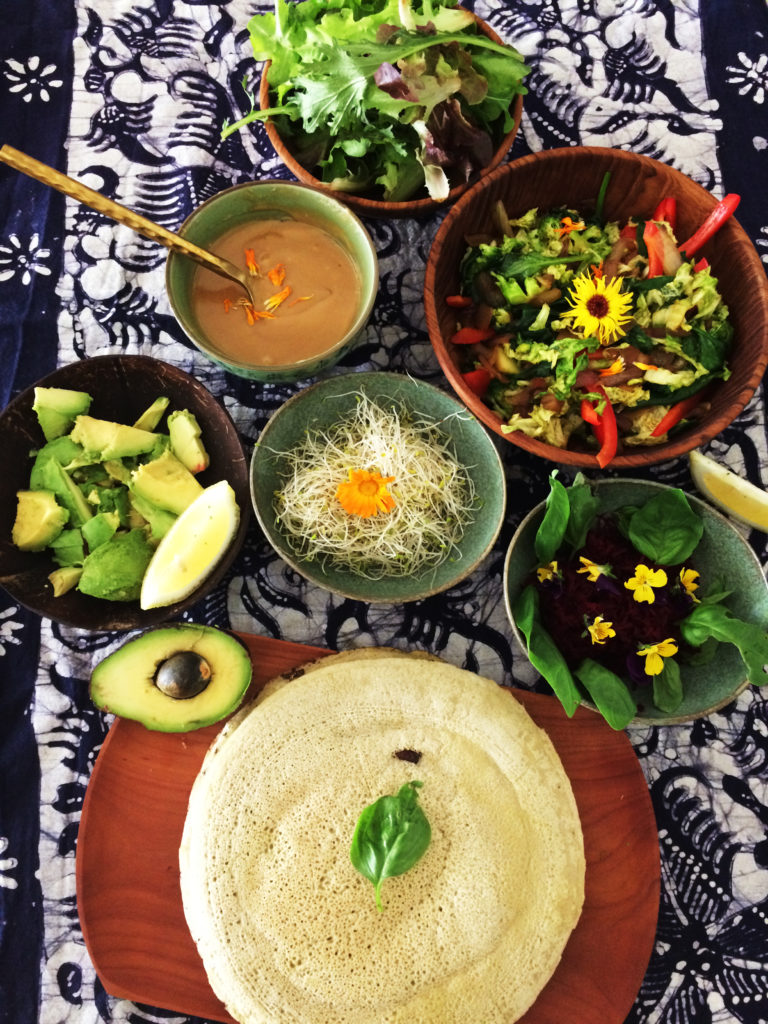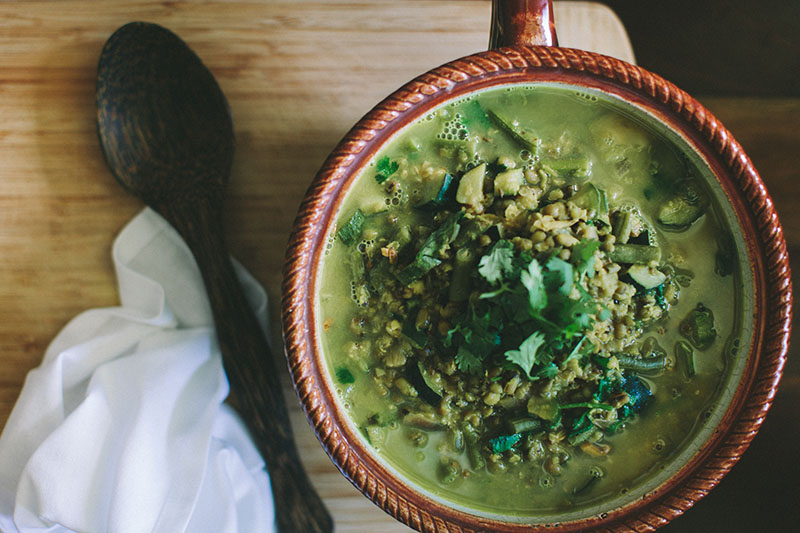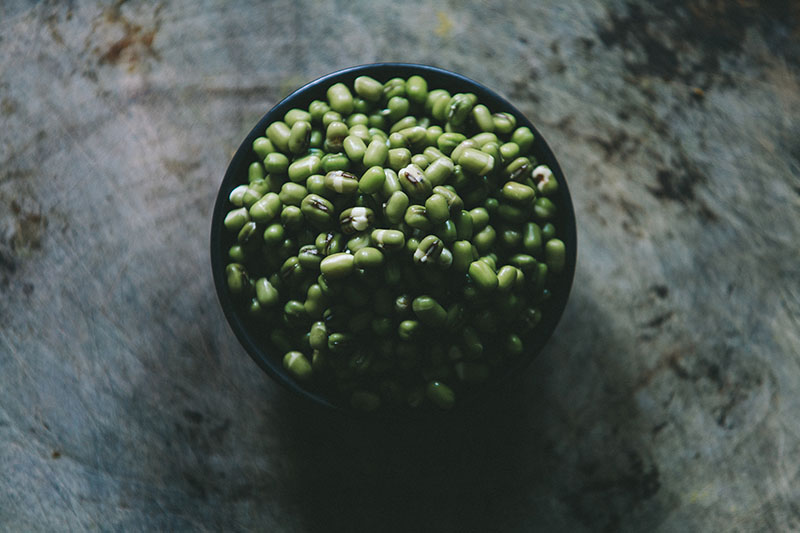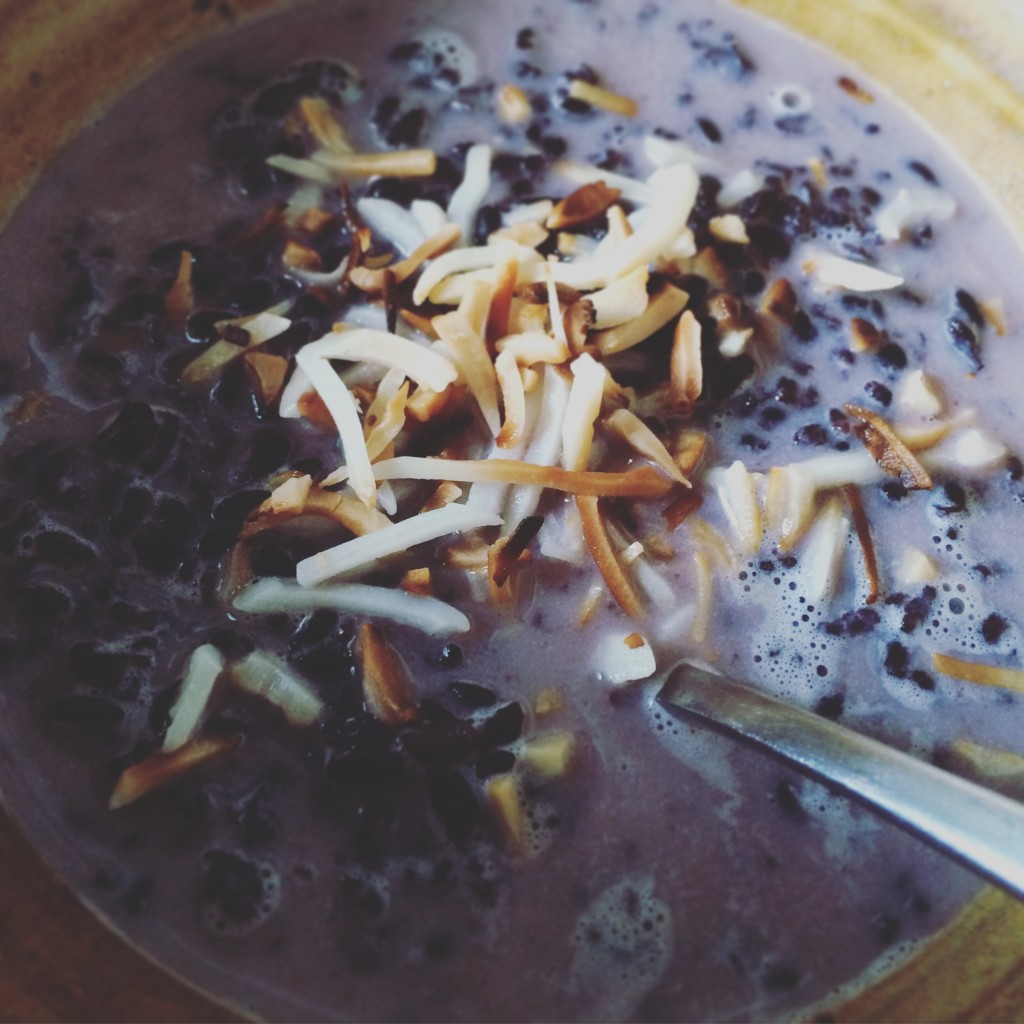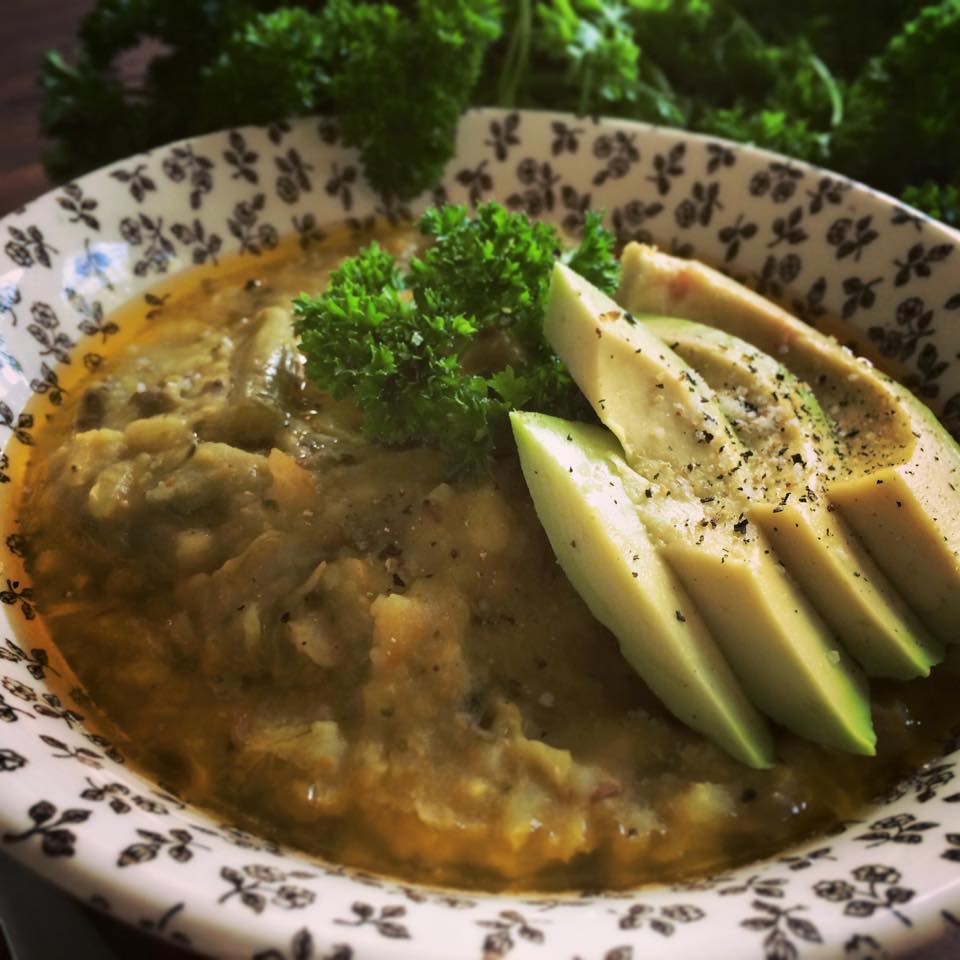Hello beautiful Wholesome Souls!!!
It’s been a few Moons since my last blog post here, and I tell you, it is SO beautiful and exiting – wonderful to be ‘back’ and sharing a super-duper practical and (in my opinion, and that of clients I have worked with over the years!), an essential recipe we ALL need in our Kitchens!
It is easy to make Kitchari for a group of people, there are a bunch of delicious and great recipes in my Ebook, ‘Simple Ayurveda in Your Kitchen’ (which has a lot of other goodies in there to inspire and support your holistic nourishment on a lifestyle level also!), however, they are for making Kitchari for 4 people, not for just 1, which often-times, if you’re single, or just making food for yourself one day, you most certainly need to have up your sleeve to avoid cooking too much (yay, no more leftovers!), and no more wasted food. Food is sacred and precious, and so are our resources and energy, the money we spend on our beautiful organic ingredients and food, SO — I am so excited to introduce to you (and yes, I will slowly bring out more ‘Single Serve’ recipes for you, and a little collection/Ebook focused just on this! Stay tuned for this), as I know you and I both need these ‘Single Serve’ recipes in our life! I got you! :)
For now, I introduce to you, the first of the ‘Single Serve’ Simple Ayurveda Wholesome Recipe collection with you!
Get your beautiful organic goodness and ingredients ready, put your favorite divine Vedic chants or other inspired divine music you love on – light a candle, say a prayer in your Kitchen for blessings of health and nourishment for you and your precious gorgeous body, and enjoy!!!
Before we get ‘into it’, I have some hot ‘One Serve’ Kitchari tips for you, that I think you’ll find helpful! :)
This recipe is for a super simple Ayurvedic One Serve Kitchari with spices, fresh coriander and your choice of seasonal veggies! If you wish to make it plain, without Veggies I recommend adding an extra tablespoon of rice so that it has a bit more substance and body! You can also make this with Whole Moong beans (they just require minimum 8 hours soaking) or Split Red Lentils.
My top Kitchari Veggie recommendations to consider are: Celery, Zucchini, Green Beans, Pumpkin, Carrot or Silverbeet / Spinach.
Simple One Serve Ayurvedic Veggie Kitchari Recipe
(To finally avoid food-wastage, left-overs which aren’t ‘ideal’ according to Ayurveda – for optimal cellular nourishment and digestion — AND, to make the perfect amount for just one bowl! Yayyy!!!)
Ingredients:
- 2 tsp of ghee or wholesome oil of choice***
- 1⁄4 cup of Split Moong lentils or Red lentils soaked for minimum 30mins up to 8 hours and rinsed thoroughly
- 2.5 tbsp basmati rice (or Quinoa) washed and rinsed 3 times
- 3⁄4 cup of organic seasonal veggies of your choice (This isn’t hard and fast. Feel free to add a bit more or a bit less if you wish!)
- 3 cups of ltered boiling water
- 1⁄2 tsp cumin seeds
- 1⁄4 tsp coriander seeds
- 2-3 fennel seeds
- Teeny tiny pinch of asafoetida (optional!)
- 1 fresh or dried curry leaf or bay leaf (optional)
- 1⁄2 tbsp fresh ginger grated or chopped nely
- 2 tbsp nely chopped red onion or shallots (feel free to not be exact with this! A little more or less will still work well!)
- 1⁄2 tsp of fresh garlic crushed or nely chopped
- 1⁄8 tsp of turmeric powder
- 1⁄8 tsp of quality sea salt
- A few cracks of black pepper to taste
- 1⁄4 cup of fresh coriander to garnish
- A wedge of lemon or lime as a garnish to aid digestion
- Optional dollop of coconut yoghurt and or homemade date or mango chutney on top as a garnish also!
- Your love!
*Wholesome oils to choose from if on a Vegan/100% Plant-based Healing diet, (ie: not using Ghee): Cold pressed Sesame oil (for Vata & Kapha), Quality coconut oil (for Pitta) or cold pressed quality avocado oil (Suitable for Vata & Pitta). (If you’re not sure which is best for you and your body, reach out to book a consultation so we can establish a bio-individual set of recommendations specific to you!)
**Extra note for ‘cleansing’: if you feel a lot of heaviness and ‘heat’ in your body, this can mean that your liver is feeling burdened and needs a little break. If this is the case you may nd that sauteeing your spices and ingredients in a splash of filtered water, veggie broth or even celery juice can be a great substitute and allows for a little more lightness.
Creation process:
(Prior to starting the cooking make sure you have your two main ingredients; your soaked and rinsed lentils and also your rice, strained and ready to go in bowls next to your stove to save time and make your cooking process more efficient!)
- Take a medium saucepan and place it on your stove over moderate to high heat. Add your Ghee or Wholesome Oil of choice and allow it to ‘melt’ or to simply warm for a moment or two.
- Next add your Cumin seeds, Coriander seeds, fennel seeds and stir with a wooden spoon to allow the spices to toast and sizzle for a few seconds. Next add a teeny tiny pinch of asafoetida (optional) and a curry leaf or bay leaf (optional) and stir for another moment.
- Add your fresh garlic, ginger and onion and turmeric powder, stir for a few minutes all together and saute until the onion is coated in the turmeric, golden and lightly caramelized.
- Add your lentils and rice and stir regularly and vigorously for 3-4 minutes until well sauteed with the spices and onion and then add your ltered boiling water and stir to make sure there is no sticking on the bottom of the pot and to combine everything together harmoniously!
- Add your Veggies (unless you are only using leafy greens like silverbeet and spinach in which case I recommend adding them towards the end, once your Kitchari is almost fully cooked to avoid over cooking them.)
- Add 1⁄8 tsp of sea salt (or a little more to suit your tastes – essentially, a little pinch!), a few cracks of black pepper, your LOVE (of course) and a little handful of freshly chopped coriander and stir through.
- Stir and bring to a boil for approx 10-15mins or until your lentils and rice are creamy, smooth and fully cooked. Stir every 5 minutes throughout this process to create a beautiful creamy consistency and to make sure there is no sticking on the bottom. If you see that there is sticking feel free to add a little extra splash or two of boiling water intuitively as you see/feel.
- Once creamy and fully cooked, remove your pot of Kitchari goodness from the stove and let sit with a lid on for another 5-10mins to allow the avours to deepen and the Kitchari to settle and become even creamier. This step is optional, if time permits I recommend it though!
- Your Kitchari is ready! Serve in your favourite bowl, add a generous garnish of fresh coriander on top, a squeeze of fresh lime or lemon juice to aid digestion and an optional dollop of coconut yogurt and home-made mango chutney (I have an amazing simple, yummy and sugar-free recipe for this that I shall post on the blog for you soon!) – as well as some extra salt and black pepper to taste and enjoy!!!
With immense love, joy, gratitude, blessings and prayers of goodness to you in your Wholesome Kitchen!!!
Aummm Shanti!
x Lorien


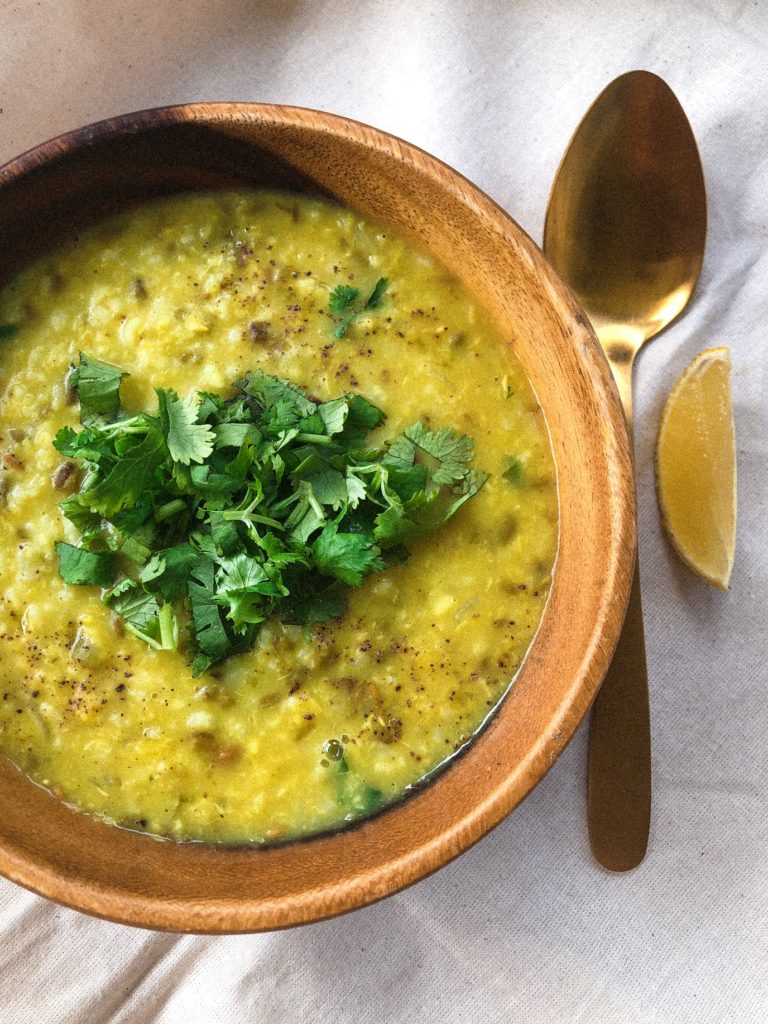
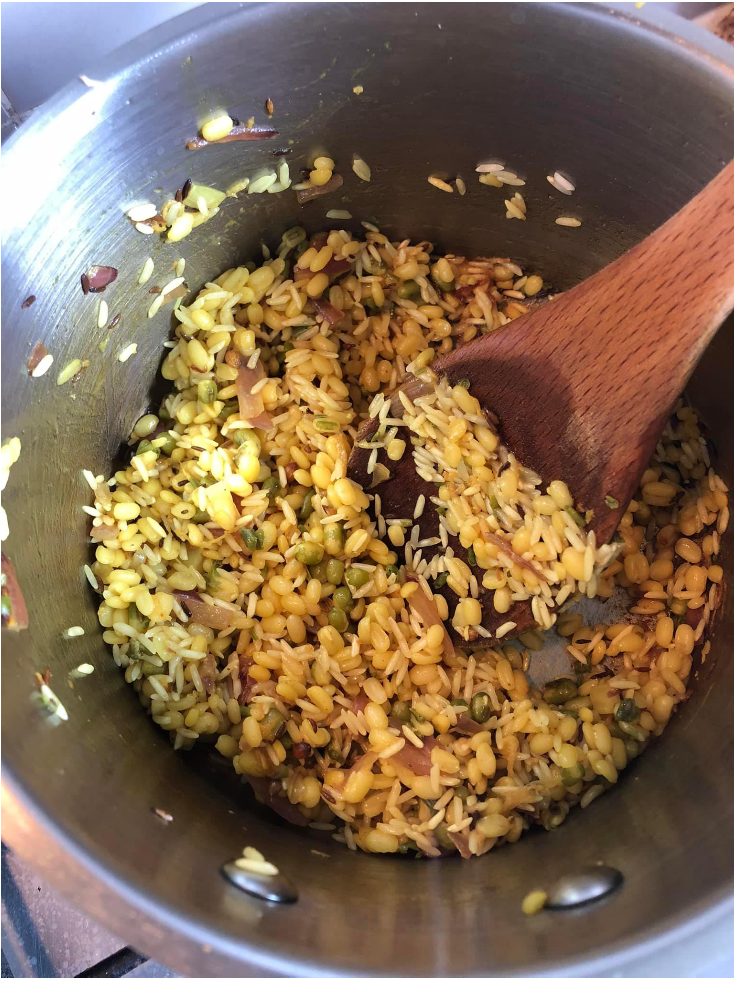




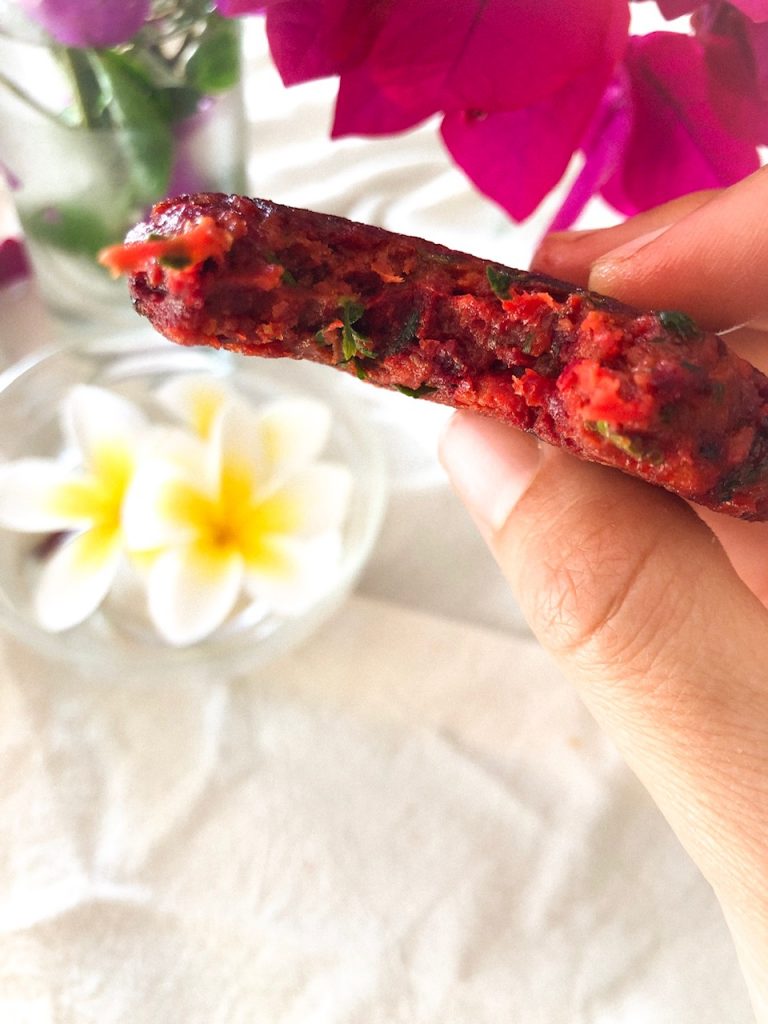
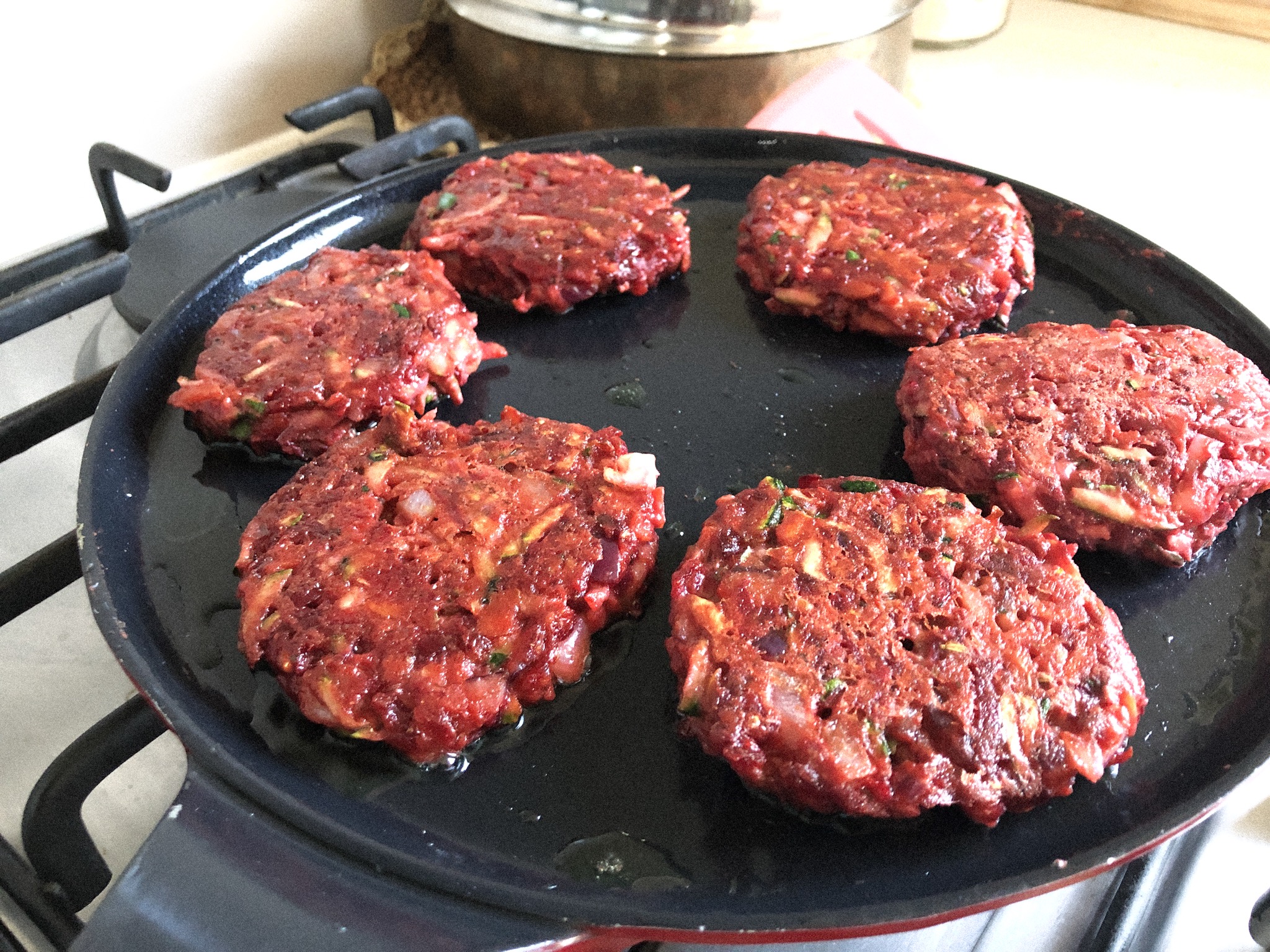
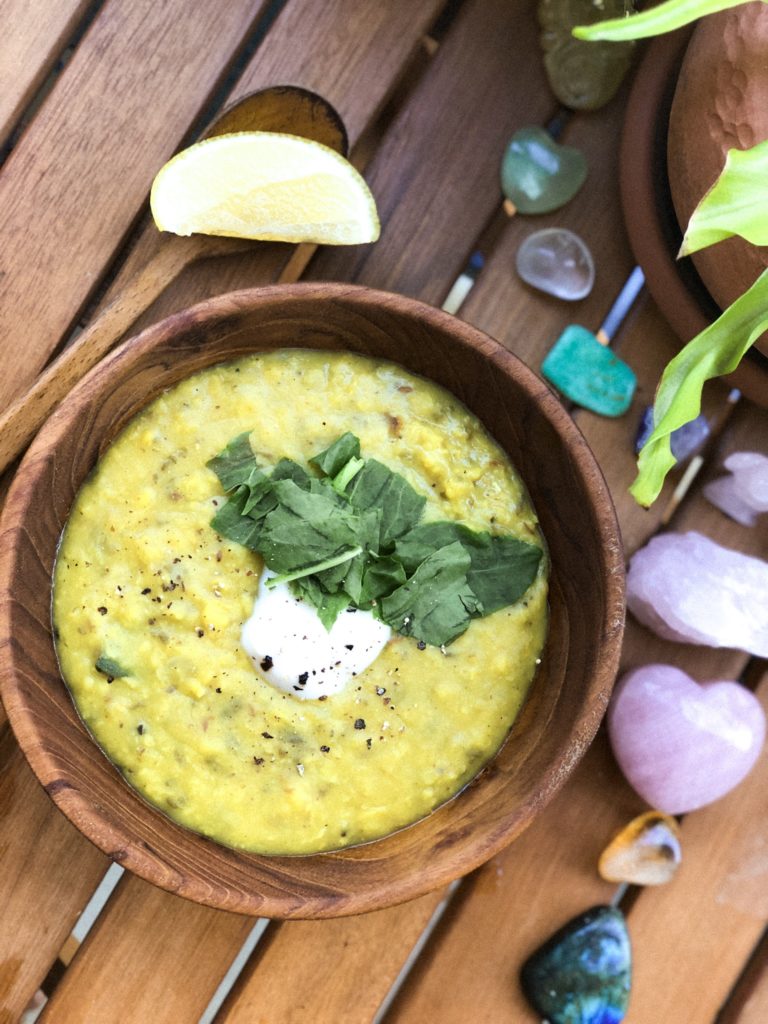 Breaking your fast…
Breaking your fast…


